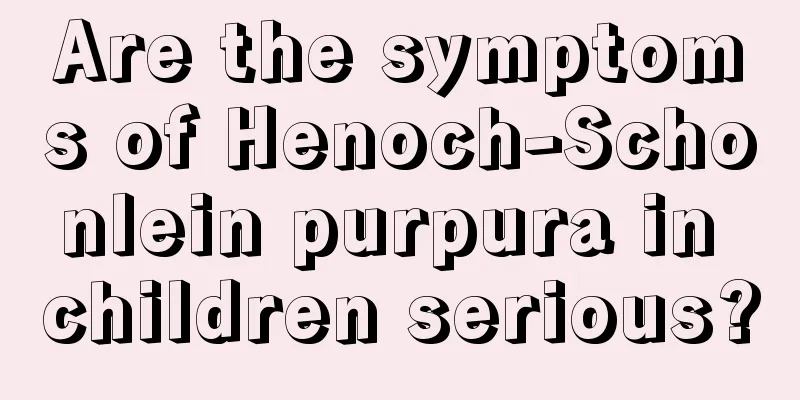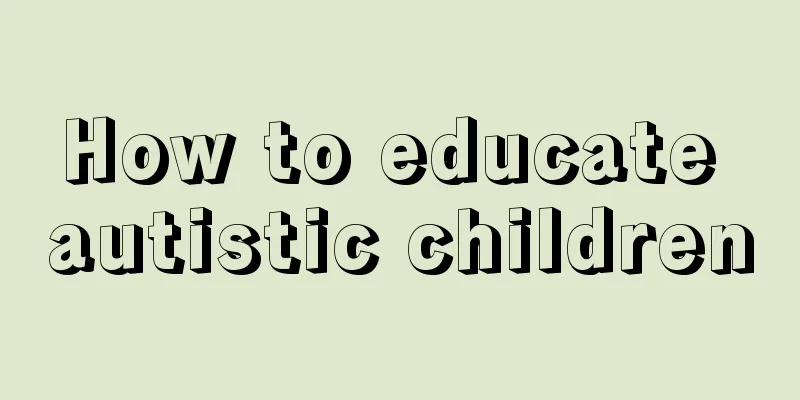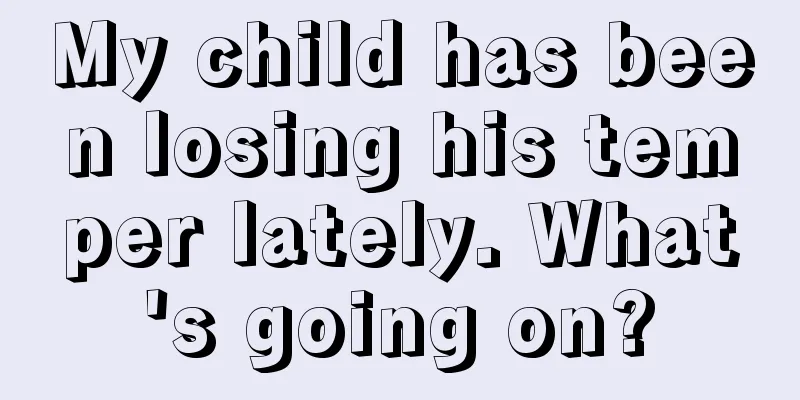Are the symptoms of Henoch-Schonlein purpura in children serious?

|
Allergic purpura is a relatively harmful disease. It is a hemorrhagic microvascular hypersensitivity reaction. The causes of the disease are mainly related to allergies and infections. Infants and young children are particularly vulnerable to this disease, which often causes respiratory infections, some skin symptoms, and great harm to children's joints, causing some kidney symptoms. 1. Respiratory tract infection. Children often have a history of upper respiratory tract infection 1-3 weeks before onset of illness. 2. Skin symptoms. Petechiae appear on the skin. These petechiae mostly appear around the joints of the child's lower limbs and buttocks. The purpura is symmetrically distributed, appears in batches, varies in size, and varies in color. It can merge into patches and usually gradually disappears within a few days, but may recur. Symmetrical maculopapular purpura of varying sizes appears in batches near the large joints of the limbs and buttocks, recurring on the limbs and buttocks, and rarely involving the face and trunk. The skin lesions initially present with itching, small urticaria, angioedema and erythema multiforme. 3. Joint symptoms. Children may have single or multiple, migratory joint swelling and pain or arthritis, sometimes with local tenderness, which often occurs in joints such as the knees, ankles, elbows, and wrists, and there may be exudate in the joint cavity. 4. There are gastrointestinal symptoms. For example, children may have paroxysmal abdominal colic or persistent dull pain, which may be mainly accompanied by vomiting, hematemesis or bloody stools. In severe cases, the stools may be bloody. 5. Kidney symptoms: Macroscopic hematuria or microscopic hematuria, proteinuria and tubular urine usually appear about 2-4 weeks after the onset of purpura. They may also appear after the rash subsides or when the disease is dormant. Recovery usually occurs within a few weeks, but severe cases may cause renal dysfunction, azotemia, and hypertensive encephalopathy. In a few cases, hematuria, proteinuria or hypertension may persist for more than 2 years. 6. Complications. Children suffering from Henoch-Schonlein purpura may develop a series of complications, including intussusception, intestinal obstruction, intestinal perforation, hemorrhagic necrosis, enteritis, intracranial hemorrhage, multiple neuritis, myocarditis, acute pancreatitis, orchitis, and pulmonary hemorrhage. Parents need to identify the above symptoms in a timely manner. If they find that their children are suffering from Henoch-Schönlein purpura, they should take their children to see a doctor for treatment in time. |
<<: What should I do if my baby has diarrhea?
>>: What are the obvious symptoms of a baby's brain development disorder?
Recommend
How long does it take for a child's fracture to heal?
In our traditional Chinese medicine, it is believ...
When do children lose their teeth?
The time when children's teeth change is a pr...
What's going on when my child has little red spots on his hands?
Children play outside every day and the skin on t...
What causes children to be angry?
Children's emotional problems make parents fe...
4-year-old baby has red spots on the upper palate
If a four-year-old baby has red spots on the roof...
Can kyphosis in children be treated?
Now it is emphasized that parents should give the...
Baby's legs are swollen and have lumps
When babies are young, they cannot fully express ...
What to do if your child has a fever and convulsions due to the cold
Children usually get a fever due to the cold duri...
What should I do if my child gets prickly heat?
Children often get prickly heat in the summer, es...
What are the reasons why children can't breathe when they cry?
Children are the future of a family. Many parents...
What is the standard height and weight for a 5-year-old girl?
When the baby is five years old, he can basically...
Which department should I go to for phimosis surgery on my child?
It is a very common phenomenon for children to ha...
What should I do if my 9-year-old child has bad breath?
In our lives, there are many children who have ba...
The child foams at the mouth and snores while sleeping
If a child foams at the mouth while sleeping and ...
My baby's first deciduous tooth is crooked
Deciduous teeth are quite important for babies. I...









